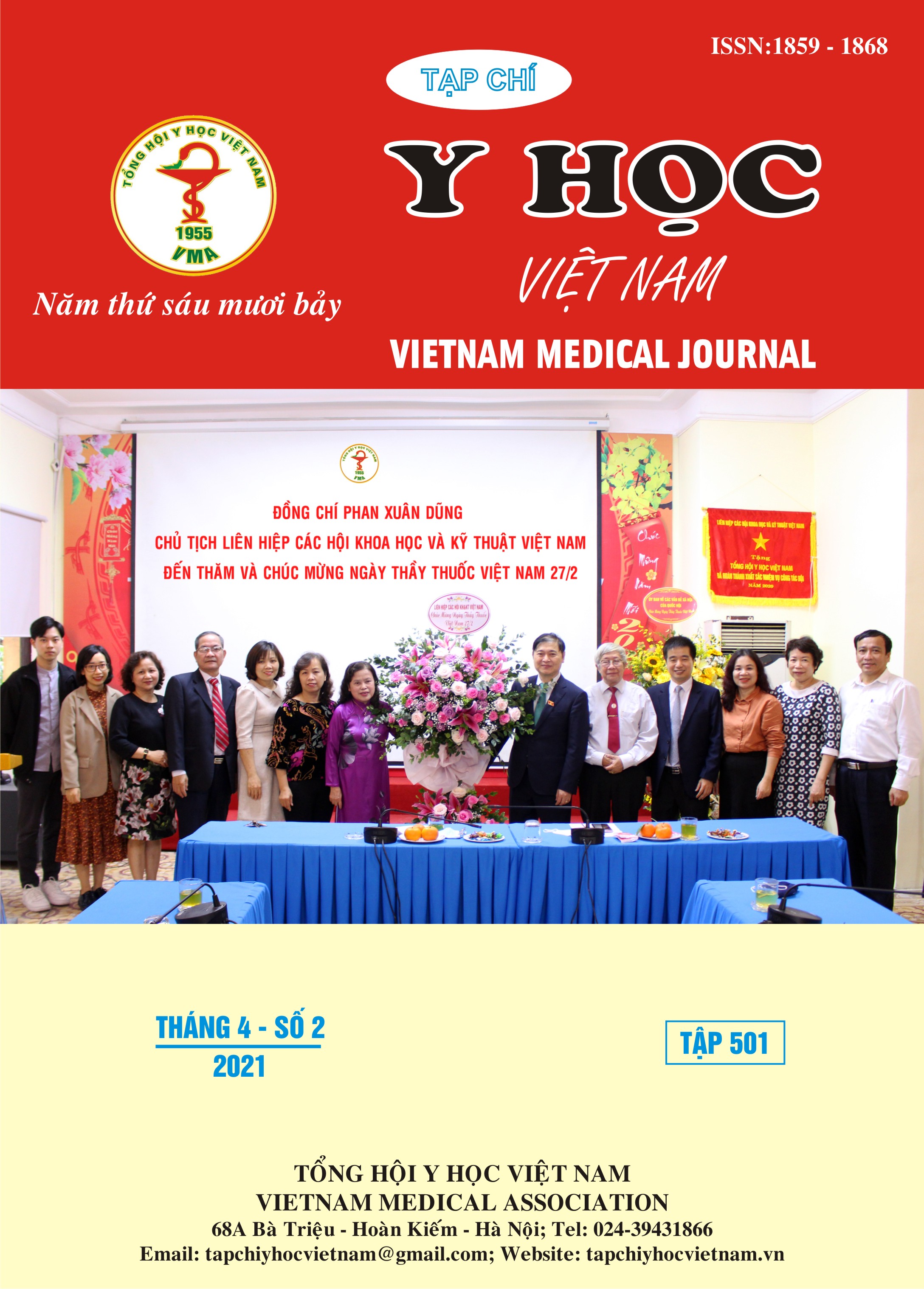THE REALITY ACQUIRE KNOWLEDGE ORGAN SYSTEM MODULES OF THE 2ND STUDENTS STUDY UNDER MEDICAL INDUSTRY INNOVATION PROGRAM AT THAI NGUYEN UNIVERSITY OF MEDICINE AND PHARMACY
Main Article Content
Abstract
Objectives: To evaluate the reality acquire knowledge organ system modules of the 2nd students study under medical industry innovation program at thai nguyen university of medicine and pharmacy. Subjects and methods: A cross-sectional study, quantitative study combined qualitative all the 2nd medical students when they finished 6 organ system modules under the innovation program. Research results: Through a survey of 343 students: 100% of students access the course on Elearning system; 86% of students accessing Elearning read the detailed outline, study guides, study schedule before the start of each module; 70-80% of students accessing elearning view sample lectures, clinical cases and reference materials. Students actively prepare lesson according to the right instructions occupy 70,3%; students participate in discussion groups accounted for 74,9%; 51,3% of students answering questions during clinical case discussion. The result of the study module students: 97% of students passed (mark>4.0) only 3% of students failed (mark<4.0) and accounting for the highest percentage is at an average of 48.7%; good student of 4% and accounted for 3.05% poor students. Among the 6 modules, the urinary module has the highest number of students with quite results 149 students, accounting for 37% and only 2 students had poor results. The number of excellent students (5 students) and good students (67 students) also accounted for the highest percentage. Conclusion: Integrated modular medical curriculum between basic and clinical medical knowledge has promoted the initiative as well as more excitement of students in the process of acquiring pre-clinical knowledge. So, this teaching method can replace the traditional system for the 2nd year medical students, but it is necessary to make reasonable adjustments to improve the quality of training and achieve the first standard of the School.
Article Details
Keywords
Module systems, problem-based learning
References
2. Custers EJ, Cate OT. Medical students' attitudes towards and perception of the basic sciences: a comparison between students in the old and the new curriculum at the University Medical Center Utrecht, The Netherlands. Med Educ 2003;36:1142–50
3.Ghosh S, Pandya HV. Implementation of integrated learning program in neurosciences during first year of traditional medical course: perception of students and faculty. BMC Med Educ 2008;8:44.
4. Muller JH, Jain S, Loeser H, Irby DM. Lessons learned about integrating a medical school curriculum: perceptions of students, faculty and curriculum leaders. Med Educ 2008;42:778–85.
5. Shimura T, Aramaki T, Shimizu K, Miyashita T, Adachi K, Teramoto A. Implementation of integrated medical curriculum in Japenese medical schools. J Nippon Med Sch 2004;71:11–16.
6. Vyas R, Jacob M, Faith M, Isaac B, Rabi S, Sathishkumar S, et al. An effective integrated learning programme in the first year of the medical course. Natl Med J India 2008;21:21–6.
7. Williams G, Lau A. Learning in practice. Reform of undergraduate medical teaching in the United Kingdom: a triumph of evangelism over common sense. Br Med J 2004;329:92–4.


